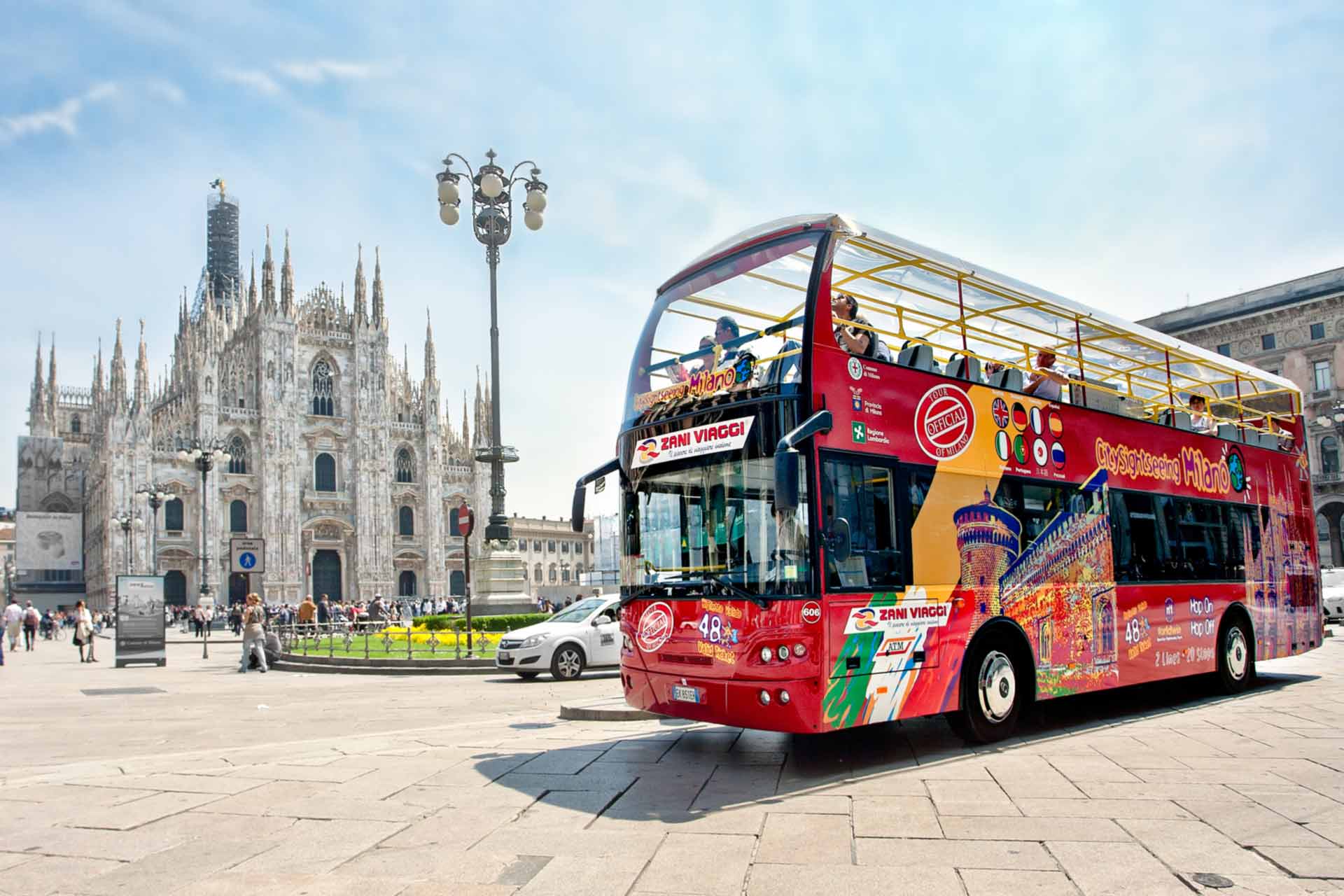Bus travel: pros and cons

For decades, bus travel has remained one of the most popular modes of travel. Some choose the bus for its cheaper fare, others for its convenience, and still others due to a fear of, for example, flying. At the same time, there are many skeptics who distrust bus travel and even consider it more dangerous. This article will explore the advantages and disadvantages of bus travel and whether it’s worth choosing this mode of transport for travel.
Advantages of traveling by bus:
 Photo: freepik.com
Photo: freepik.com
1. Really noticeable savings. Whatever anyone says, this is the main advantage of bus travel. It’s truly a relatively inexpensive form of transport, allowing you to save money and spend it on more important things. Moreover, bus prices are sometimes 2-3 times lower than those of a train or plane.
2. “Free” entry to the bus. While some may question this benefit, anyone who’s ever flown knows what it’s like to arrive at your departure point several hours early and then endure a tedious and time-consuming check-in process. The bus doesn’t require this. Simply arrive 10-15 minutes before departure, check in your luggage, and settle in comfortably.
 Photo: freepik.com
Photo: freepik.com
3. Baggage weight. Again, comparing bus and plane travel, we can conclude that the former is very convenient in terms of baggage, as there are no strict limits on the number of kilograms of luggage per person. The only thing to be aware of is that on some scheduled buses you will have to pay for a larger number of bags, but this is also extremely rare.
 Photo: freepik.com
Photo: freepik.com
4. Multiple destinations. This is another undeniable advantage of bus tours. This mode of transport allows you to travel to almost any destination, even to the top of a mountain or the smallest village, which is much more convenient. Furthermore, the bus can be stopped on request almost anywhere.
5. Technical equipment. Of course, not all buses have this feature, but many are already moving to an “all-inclusive” system, where buses, in addition to comfortable seats, a TV, and air conditioning, also feature Wi-Fi, restrooms, free drinks and snacks, and huge panoramic windows.
 Photo: freepik.com
Photo: freepik.com
Disadvantages of traveling by bus:
1. The inability to straighten your legs, stand up, or stretch. While bus comfort is certainly improving, many still find sitting for long distances a living hell. Short stops don’t always help, and people often end up feeling extremely tired throughout the journey.
2. Travel time. In this respect, buses are still significantly inferior to planes and trains, as bus journeys are typically quite lengthy and can take anywhere from several hours to several days.
 Photo: freepik.com
Photo: freepik.com
3. Border crossings and traffic jams. Another significant drawback is that the bus can get stuck in traffic, which can waste a lot of time, and when crossing the border, it can even get stuck for an indefinite amount of time at customs.
4. Road quality. Another significant drawback is the roads in many cities in the CIS countries. While intercity highways are relatively smooth and level, roads in towns and on the outskirts of cities leave much to be desired. Driving on them is certainly not comfortable.
 Photo: freepik.com
Photo: freepik.com
Overall, the pros and cons of bus travel don’t differ significantly. As the saying goes, there are as many opinions as there are people, so some will always choose this mode of travel, while others will remain skeptical and disbelieve even the obvious advantages of bus travel. In any case, before embarking on a long journey, it’s important to consider all the factors, pros and cons, and decide for yourself which mode of travel is best.





